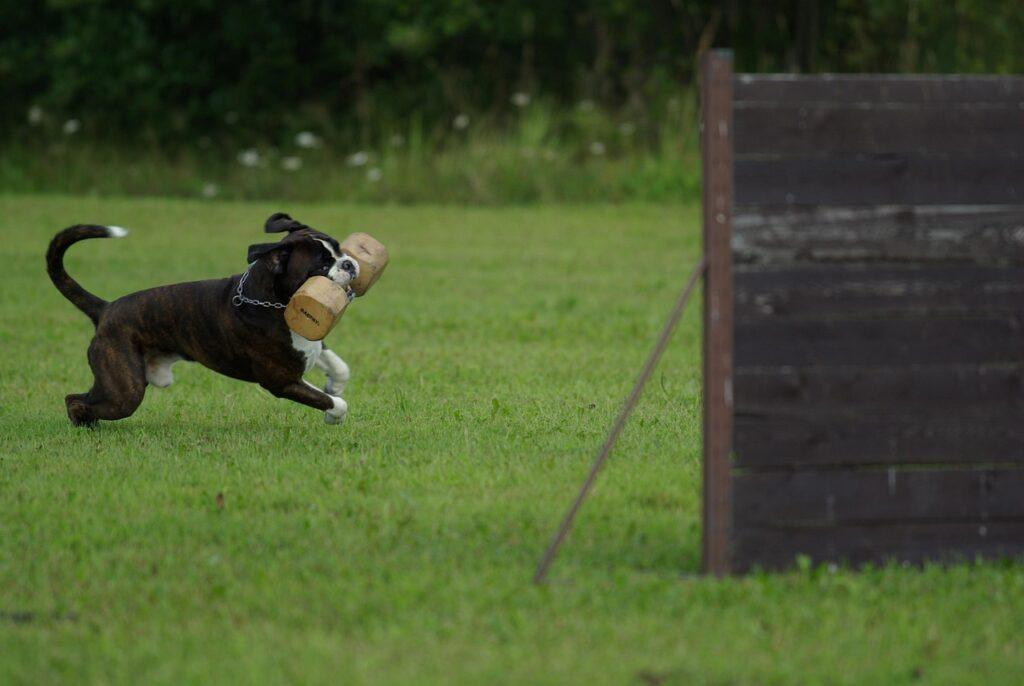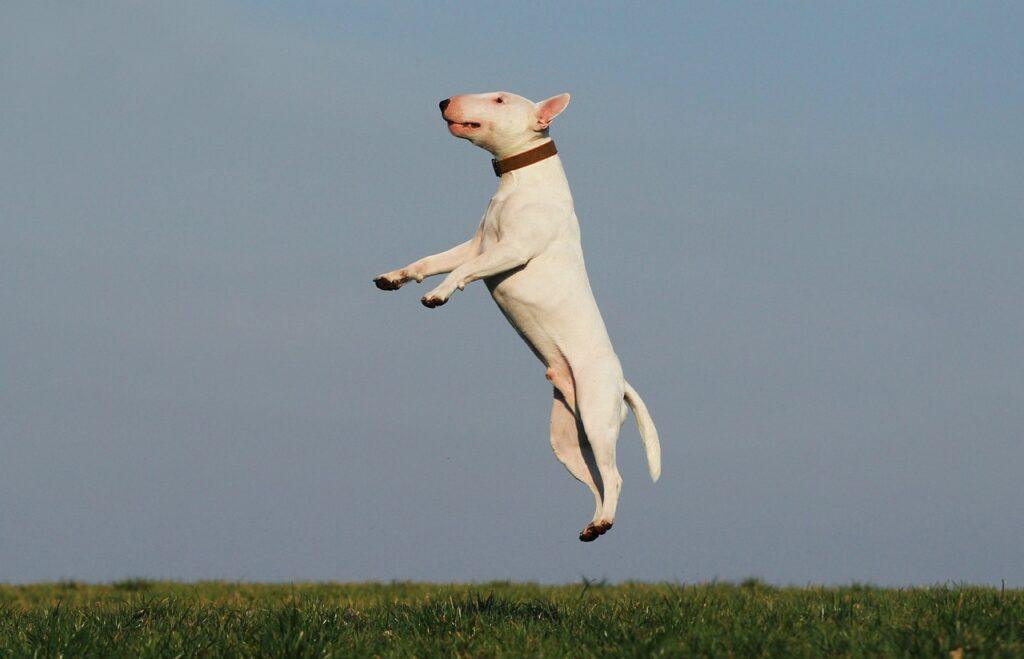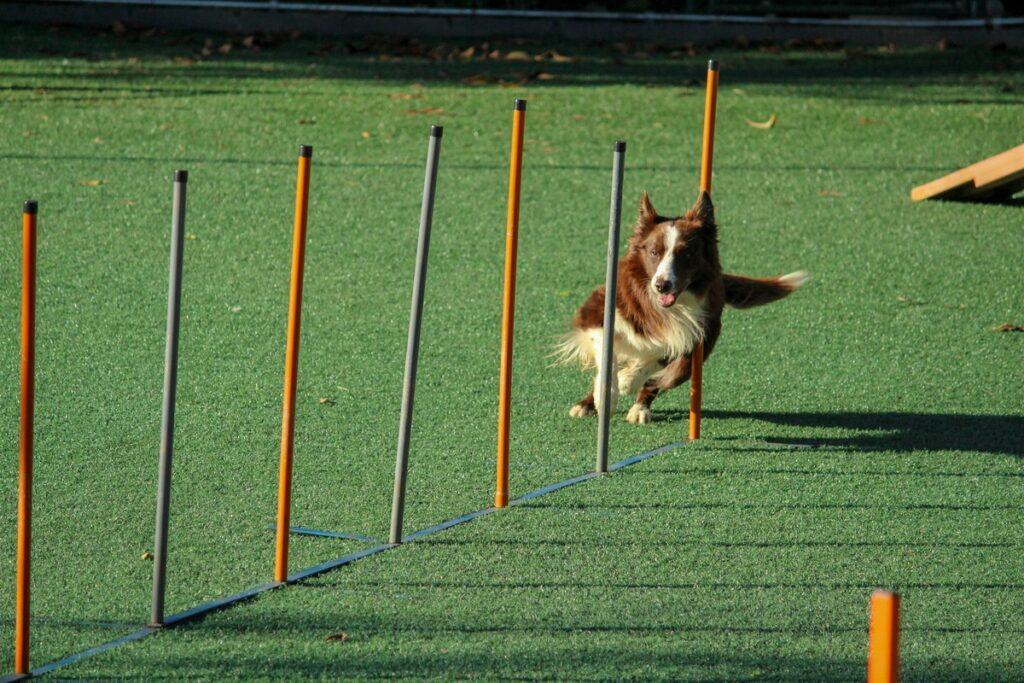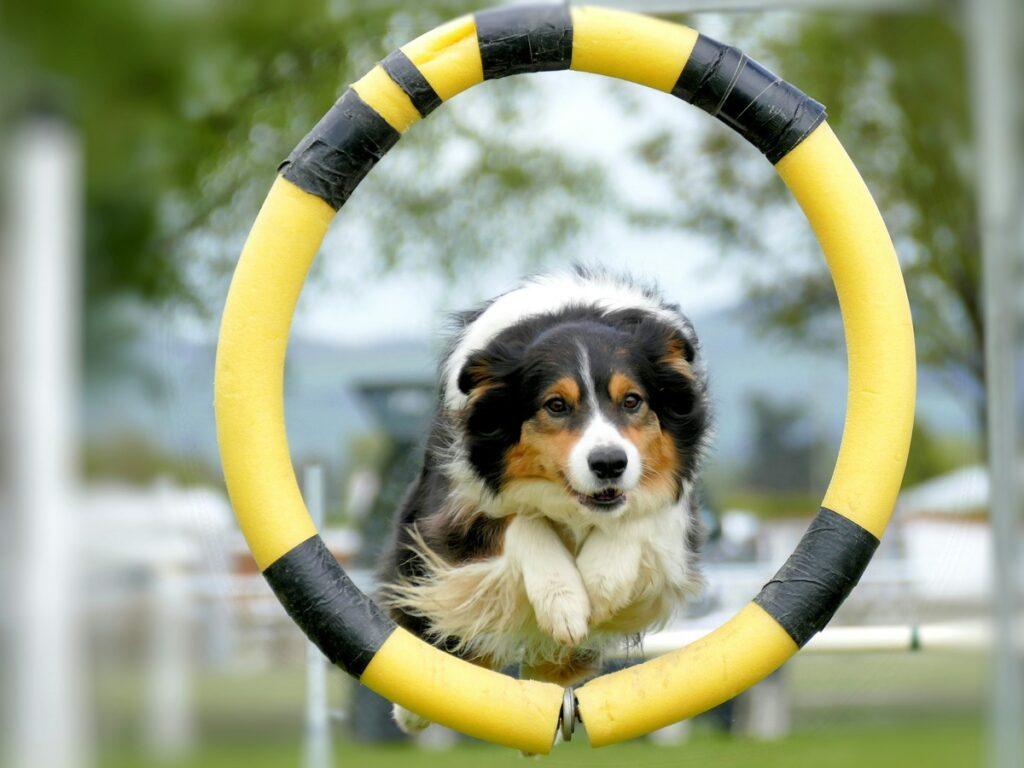Reactive dog training is essential for pet owners dealing with dogs that bark, lunge, or growl in response to specific triggers. Whether your dog reacts to other dogs, strangers, or certain environments, this guide will help you understand, manage, and train your reactive dog for a calmer, more confident life.
What Is a Reactive Dog?
A reactive dog is one that overreacts to certain stimuli in their environment, such as other dogs, people, bicycles, or even noises. This behavior is often rooted in fear, frustration, or a lack of socialization. It’s important to note that reactivity is not the same as aggression — although it can sometimes escalate if not addressed.
Common Signs of Reactivity
- Excessive barking or growling at specific triggers
- Lunging or pulling on the leash
- Pacing, whining, or shaking in certain situations
- Difficulty calming down after exposure
- Overstimulation in busy environments
Why Is Reactive Dog Training Important?
Training a reactive dog is crucial not only for your pet’s well-being but also for your own peace of mind. Reactivity can make walks stressful and potentially dangerous if your dog pulls or snaps. Structured training builds your dog’s confidence, reduces anxiety, and strengthens the bond between you and your pet.
Effective Techniques for Reactive Dog Training
1. Identify Triggers
Observe your dog to learn what they react to — whether it’s other dogs, specific people, or noises. Keep a journal of incidents to find patterns.
2. Use Distance and Distraction
Stay far enough from triggers so your dog remains under threshold. Use treats, toys, or verbal cues to distract and reward calm behavior.
3. Teach the “Look at Me” Cue
Train your dog to focus on you using the “look at me” command. This helps redirect attention away from triggers and regain control during walks.
4. Gradual Desensitization
Expose your dog to triggers at a very low intensity, gradually increasing exposure as they remain calm. Pair exposure with rewards to build positive associations.
5. Consider a Professional Trainer
In some cases, working with a certified dog behaviorist or trainer experienced in reactivity can make a significant difference. They can develop a customized training plan suited to your dog’s needs.

Pro Tips for Success
- Use high-value treats for motivation (e.g., chicken, cheese).
- Stay calm — your dog senses your energy.
- Don’t punish reactive behavior; instead, redirect and reward calm responses.
- Practice regularly in short, positive sessions.
- Use a no-pull harness or head halter for more control.
Common Mistakes in Training Reactive Dogs
Avoid overwhelming your dog with too much exposure too quickly. Skipping the early stages of desensitization or reacting negatively yourself can set back progress. Stay patient, and don’t expect instant results.
Helpful Resources for Reactive Dog Owners
For deeper insights, check out resources from the Victoria Stilwell Positively website or consult behavior case studies from PetMD.
Internal Links
FAQ
- Is reactivity the same as aggression?
- No. While reactivity can look aggressive, it’s often fear-based and doesn’t always indicate true aggression.
- Can reactive dogs be cured?
- Reactive dogs can greatly improve with consistent training, though some may always have mild sensitivities.
- Should I socialize my reactive dog?
- Yes, but gradually and under controlled conditions with positive reinforcement.



